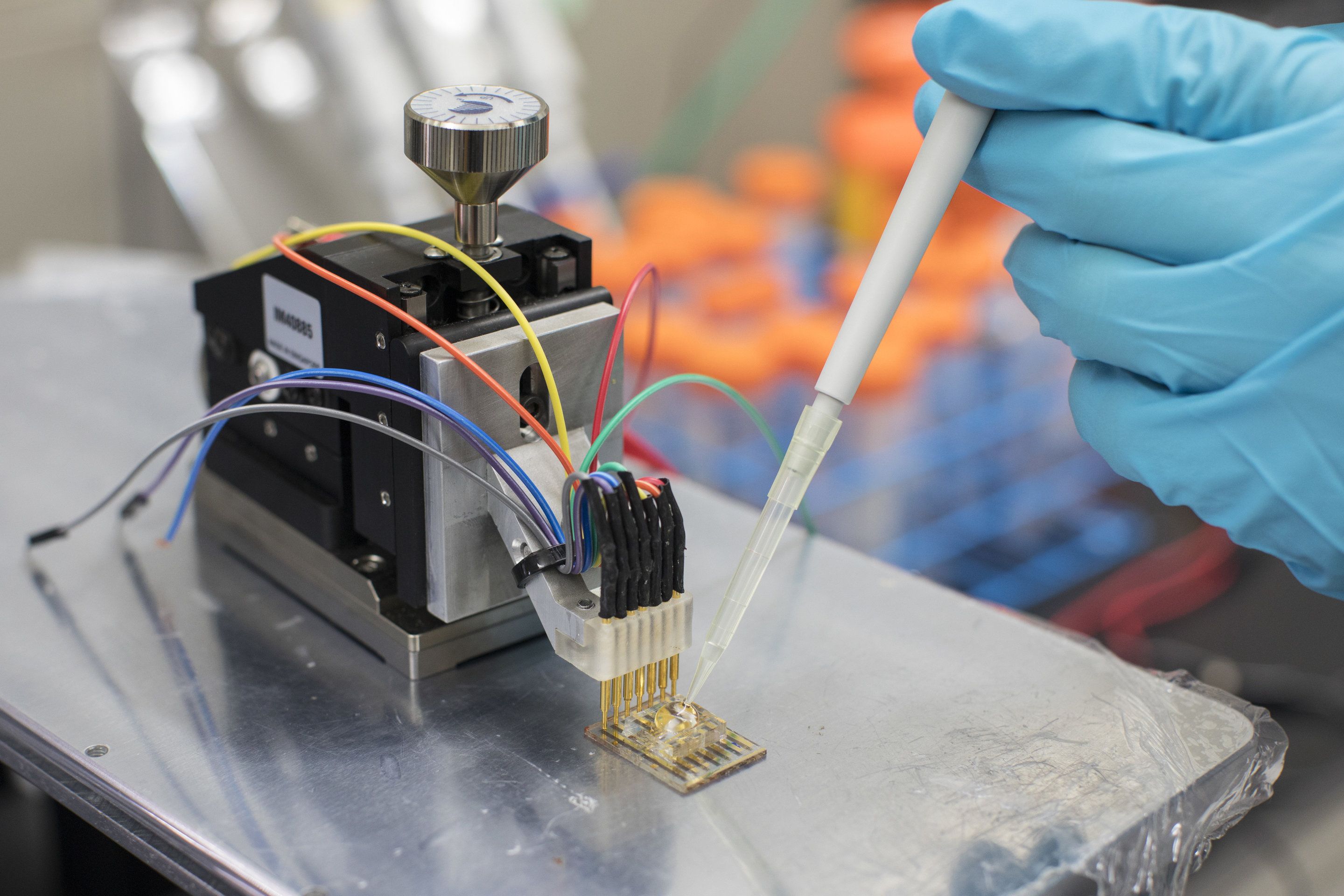Oculus is launching a TV app for users to check out streaming video content on a big virtual screen on the Oculus Go headset.
The company highlighted Oculus TV at Facebook’s F8 developer conference as one of four new Oculus-built apps that would allow users to get the most out of the inexpensive headset. The app was supposed to launch by the end of May, but we’re finally getting to take a look at it.
Facebook wants a big selling point of the $199 Oculus Go to be that it’s the cheapest home theater you can buy. Oculus TV is a sizable step toward making all of the features related to conventional video viewing available easily. The app will be a free download for existing users of the headset and will come pre-installed on the device moving forward.








